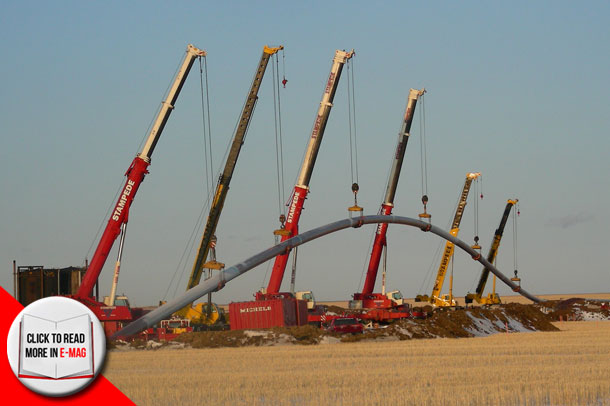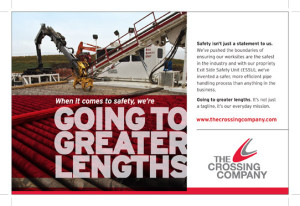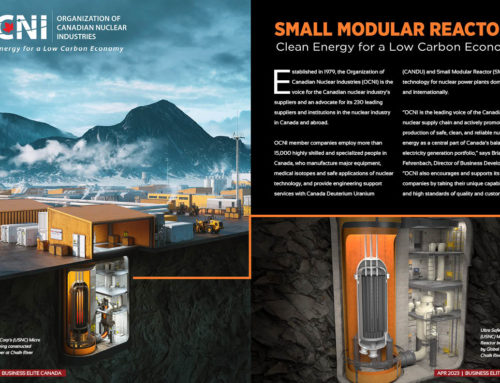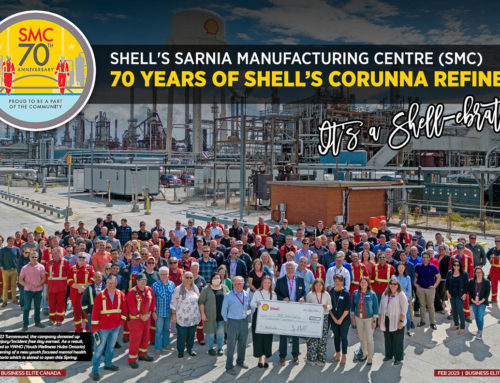Planning, Designing and Managing Trenchless Crossings
Dave Dupuis had graduated as a land surveyor only a month earlier and was working on a pipeline right of way at Alberta’s Peace River in Western Canada when he found himself at the site of a future water crossing. Curious about how the process would work — how would the pipeline cross the waterway? would they drill under the river? — his questions drew the attention of one of the project’s supervisors. And in a scene that played out more like a movie than day-to-day life, Dupuis’ keen interest in the project earned him an on-the-spot job offer.
“I quit my job that day, and then I got on a bus that night and took a bus for about six hours just south of Calgary in Okotoks, and I went on my first horizontal directional drilling (HDD) job, just to learn how it worked,” he said. Dupuis began working in directional drilling for Michels Canada, and eventually discovered how little advance planning the industry was putting into the massive projects.
“You’d basically show up and figure out where you wanted to start and where you wanted to end, and you started drilling,” Dupuis said. “These were multi-million-dollar crossings that were done by the seat of our pants.”
Driven to provide a different level of service with a more planned approach, Dupuis and Brent Goerz founded Complete Crossings Inc. in 2004, which was rebranded under the name CCI Inc. in 2010. Dupuis, who is the company’s Chief Operating Officer, and Goerz, the President of CCI, began offering engineering and construction management services out of two offices in Edmonton and Cochrane, Alberta. Since then, the company has grown to include about 125 employees and subcontractors, has opened an additional office in Prince George, implemented technologies such as state-of-the-art accounting and project management software, and has expanded their areas of expertise to include a wide range of assessments, geotechnical and environmental services, forestry consulting, and well pad development. The sectors they service are diverse, ranging from oil and gas to municipal infrastructure.
Small but riskiest part of the project
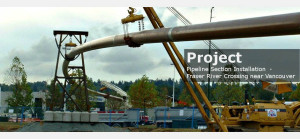 CCI’s specialty is designing, managing and maintaining trenchless crossings in an environmentally sound manner. It’s a niche market and usually makes up about five percent of a project, Dupuis said, but it also tends to be one of the riskiest and most high profile parts of the project. The industry has evolved over the past 20 years to shift towards trenchless methods that are less likely to disturb the waterway and its ecosystem, compared to the more invasive trenched techniques that involve cutting into the riverbed and installing the pipeline directly in the water. Trenchless pipeline crossings are located many feet below the waterbed, preserving the environment and reducing the ecological footprint.
CCI’s specialty is designing, managing and maintaining trenchless crossings in an environmentally sound manner. It’s a niche market and usually makes up about five percent of a project, Dupuis said, but it also tends to be one of the riskiest and most high profile parts of the project. The industry has evolved over the past 20 years to shift towards trenchless methods that are less likely to disturb the waterway and its ecosystem, compared to the more invasive trenched techniques that involve cutting into the riverbed and installing the pipeline directly in the water. Trenchless pipeline crossings are located many feet below the waterbed, preserving the environment and reducing the ecological footprint.
Though trenchless pipelines can be more costly, it wouldn’t be surprising to see them last 60 or even 80 years and there is very minimal chance that they will ever damage the watercourse over that lifetime, Dupuis said. More durable coatings and better maintenance programs help to keep the pipelines healthy and functioning longer.
CCI Inc. is currently working on several major projects. They’ve been involved in the entire life cycle of the Keystone Pipeline Project, from route assessment to geotechnical investigation all the way to the final tie-ins. They’re also part of the planning of the Keystone XL Pipeline Project as well as the Energy East Pipeline Project, a 4,600-km pipeline that is expected to transport more than one million barrels of crude oil daily from Alberta and Saskatchewan to refineries in eastern Canada.
Considering the sheer amount of water that criss-crosses any map of Canada, it’s no surprise to learn that up to 99 percent of pipelines cross a body of water at some point. CCI Inc. has also traversed the country, taking on more than 1,600 projects with crossings in each of the provinces and territories. The greatest challenge? Canada’s diverse geological formations, which vary from coast to coast, demand an understanding of the environment and its impact on the project.
Pipe-360 takes a novel approach
Their level of expertise is evident in the innovations that CCI has brought to the industry. They developed the Pipe-360 Pipeline Review System that uses the combined efforts of all departments, including Engineering, Environmental, Geotechnical, Forestry and Construction, to help owners understand and quantify risk so they can make informed decisions about current and future pipeline projects. They are the industry leader in the implementation and pioneering of new technology, including annular pressure modeling technology, which assists the engineers in planning the crossings and allows the team to monitor the amount of pressure in the hole as its being drilled, Dupuis explained. Not only does it help to prevent drilling fluid release to the surface and reduce the potential environmental impact, but it has been instrumental in establishing a 99-percent success rate for his company.
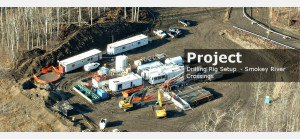 CCI also designs and builds innovative products in response to industry needs. Their latest innovation is the Pipe 360 Cradle that was designed for a pipeline with a special coating that was being crushed during handling with conventional handling equipment. The CCI team put their heads together to come up with an innovative design that prevents damage to the coating and increases productivity. The product is currently being used successfully in the Fort McMurray area.
CCI also designs and builds innovative products in response to industry needs. Their latest innovation is the Pipe 360 Cradle that was designed for a pipeline with a special coating that was being crushed during handling with conventional handling equipment. The CCI team put their heads together to come up with an innovative design that prevents damage to the coating and increases productivity. The product is currently being used successfully in the Fort McMurray area.
Last year, the company’s work was recognized when they were named one of Canada’s Best Managed Companies. The widely-known business awards program, sponsored by Deloitte, CIBC, National Post, Queen’s School of Business and MacKay CEO Forums, recognizes excellence in Canadian owned and managed companies. It was just announced in early March that CCI had requalified for 2014.
“It’s a great recognition for the team at CCI. The process itself is very detailed and really makes you think about your business and culture,” Dupuis said. “It also allowed us to draw a road map for everybody at CCI so that they understand what the corporate goals are and how each CCI member plays a part in that goal. Another item that it brought to light is our shortcomings and where we need to improve to make CCI one of the best places to work.”
Many awards, including Best Managed
The company’s innovative work has earned additional awards as well, including making the list of Top 50 Trenchless Design Firms in North America and the Fast Growth 50, which ranks Alberta’s fastest-growing companies. They were also included in the Profit 200: Canada’s Fastest-Growing Companies list, which puts the spotlight on the top growing companies in Canada.
Being part of the Best Managed process has helped CCI focus on the future, which has led to the development of a three-, five- and 10-year business plan for the company. In the next five years, they hope to acquire additional companies and grow them based on the business model that has brought success to CCI. Over the next two decades, a substantial amount of aging municipal infrastructure will need to be replaced or refurbished, particularly along the eastern U.S. coast. Growth will continue throughout Canada and the United States, adding new clients and taking on a wider range of projects.
“(Growth) always comes with its challenges of course; it’s a lot of work but with the right plan and the right people, it’s just a matter of working together and executing that plan. We’re looking forward to it.”
To learn more about CCI Inc, visit www.ccisolutions.ca.
OUR PROUD SPONSORS:

